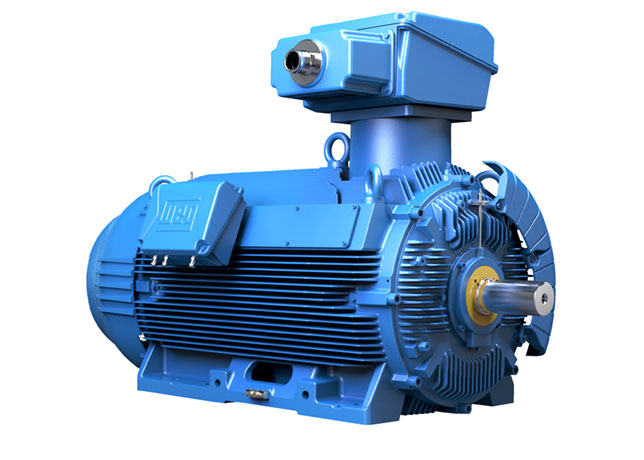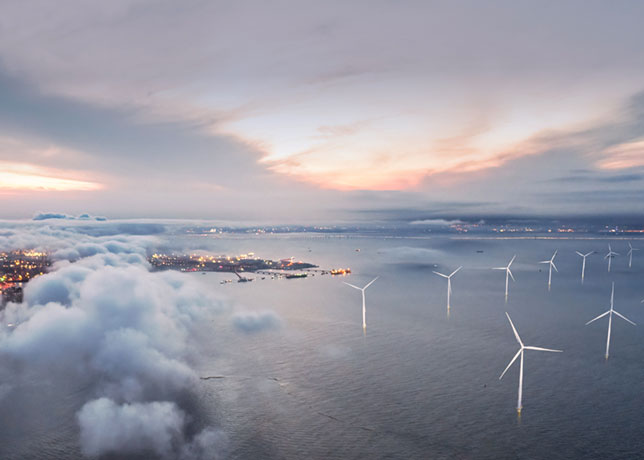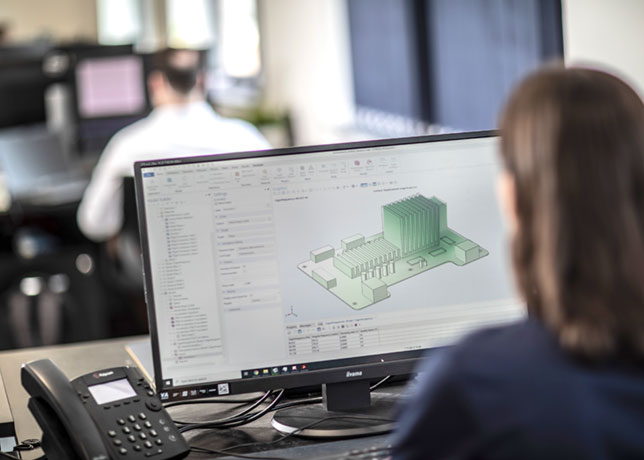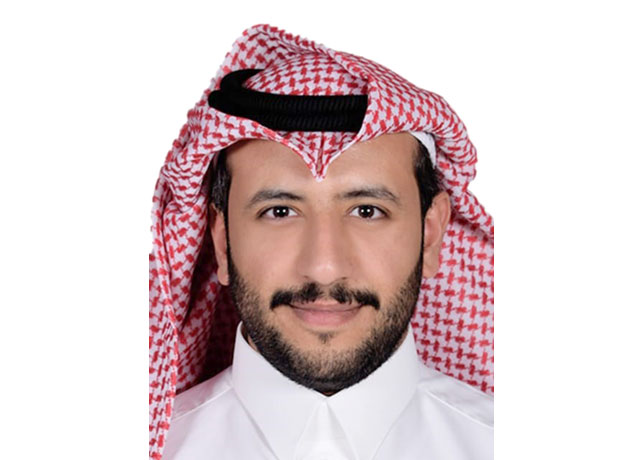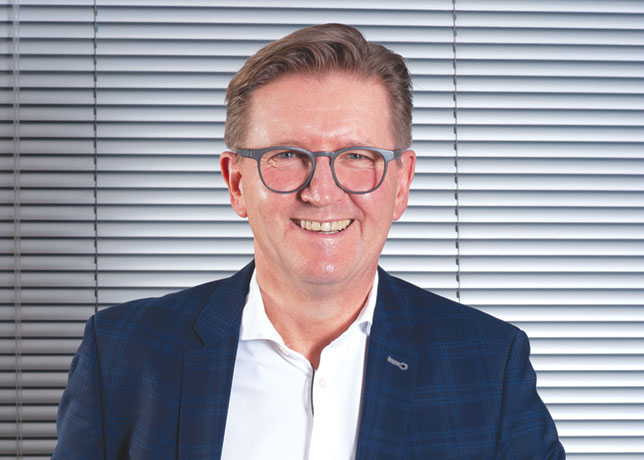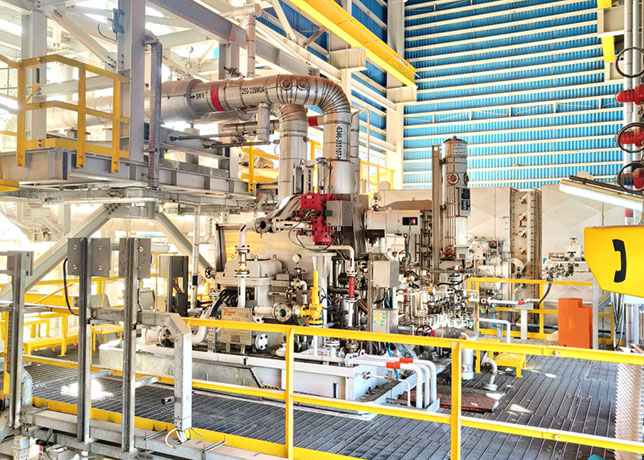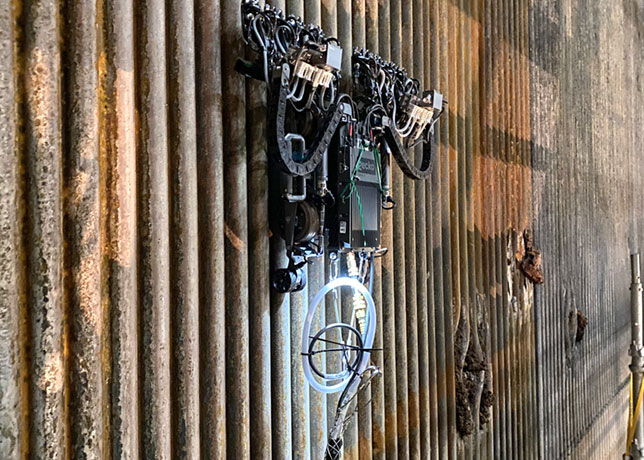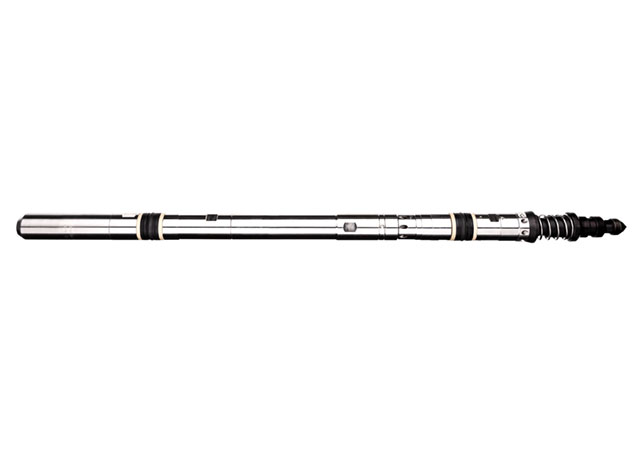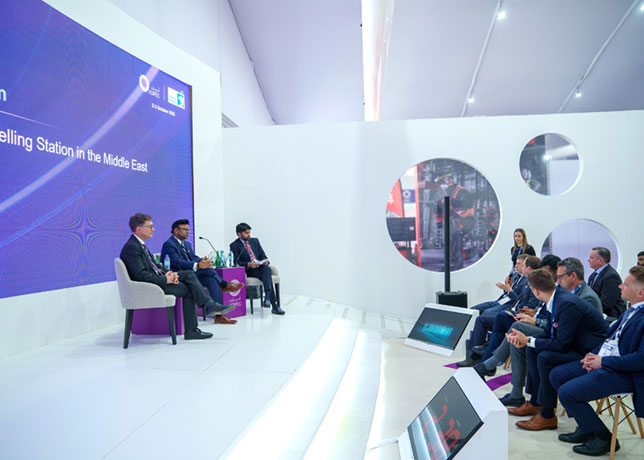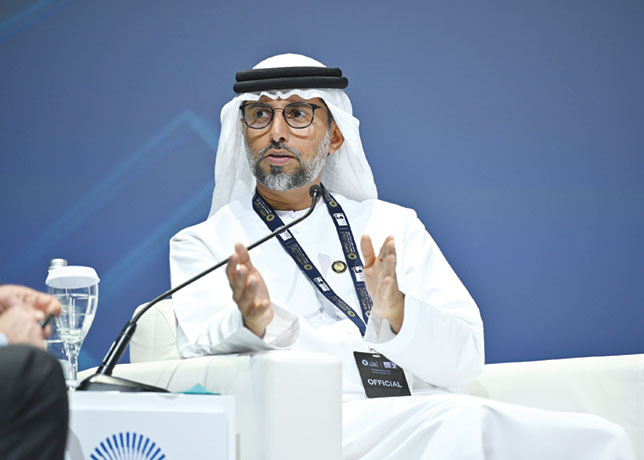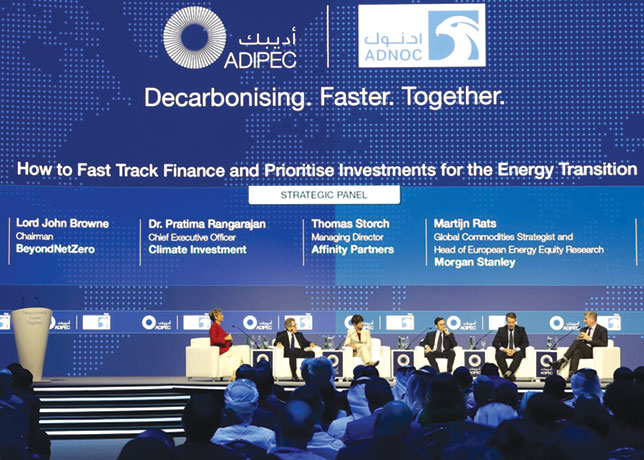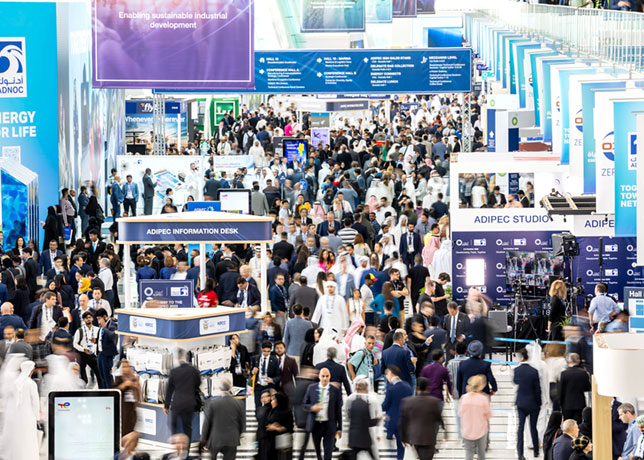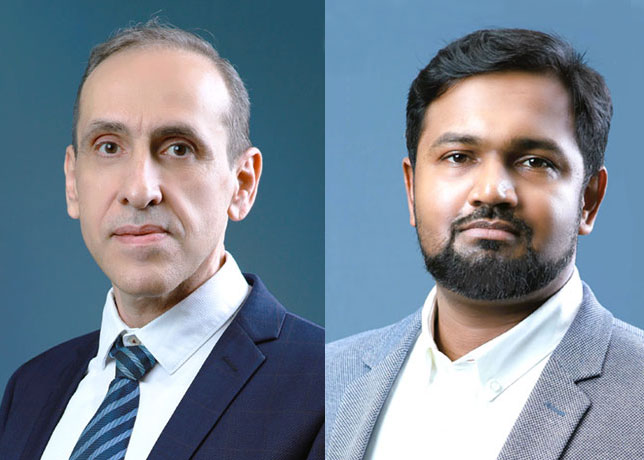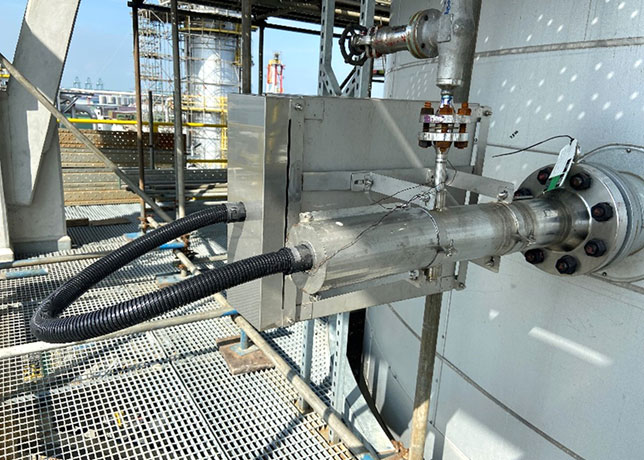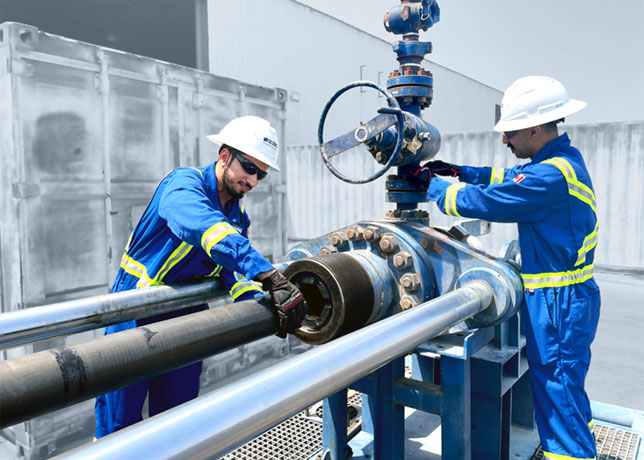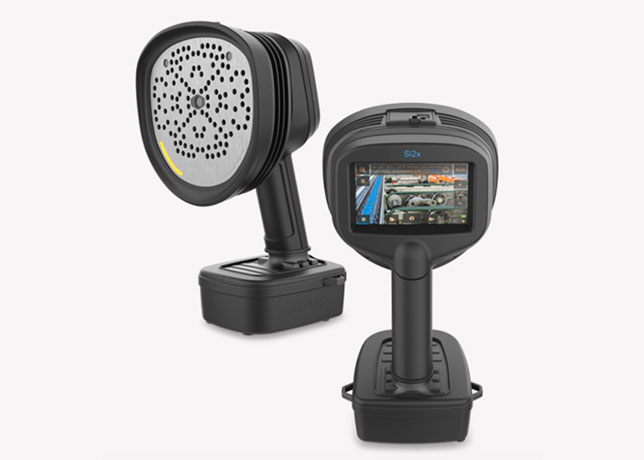
 JD Ambati
JD Ambati
As technology evolves, the potential to meet circular economy goals becomes more attainable, but widespread adoption and collaboration across all sectors will be key to realising a sustainable future, JD Ambati tells OGN
The world has a waste crisis; humans generate over 2 billion tonnes of municipal solid waste annually, which is responsible for 20 percent of the world’s human-related methane emissions.
While these statistics are grim, this is a fixable problem.
Currently, the world views and handles waste in a linear fashion. In other words, you buy a product, use it, and then throw it away.
"This produces a huge amount of trash, with a majority ending up in landfills or our environment. Instead of this ‘throw-away economy’, we need to transition to a truly circular economy, one that encourages reuse and recycling of materials," JD Ambati, Founder & CEO of EverestLabs, tells OGN energy magazine.
A circular economy is a system where materials never become waste and are constantly remanufactured into new products.
Not only does a circular economy fix our waste problem, but it also tackles other global challenges like climate change, biodiversity loss, and reducing greenhouse gas emissions.
By continually remanufacturing materials into new products, this system minimises waste and the environmental impact associated with extraction and production.
There is a lot of work that needs to be done to achieve an efficient and successful circular economy.
It will require the involvement of all stakeholders, including government bodies, consumers, packaging manufacturers, brands, and organisations in the recycling industry, to move from a linear to a circular economy.
Technology, especially AI-powered robotics, is also a crucial enabler in this transition. AI technology can play a pivotal role in specifically supporting two key stakeholders in this transition: the recycling industry and consumer packaged goods (CPG) brands.
TRANSFORMING RECYCLING WITH AI & ROBOTICS
Did you know that only 21 per cent of recyclables actually get recycled, and at the recycling facility level, about 30 per cent of recyclable materials are sent to landfills?
Issues like a lack of education, low access to recycling, labor challenges, and the absence of innovative technology are all contributing to these low recycling rates.
Unfortunately, every time a piece of recycled material is sent to a landfill, there are substantial environmental and economic consequences.
Increasing the recovery of recyclables is crucial to creating an efficient circular economy and a healthier planet. Luckily, new technologies, like AI and robotics, are here to help.
The recycling industry is undergoing a significant transformation, driven by the integration of AI-powered robotics that improves traditional processes.
These advanced technologies enable more efficient sorting, processing, and management of recyclable materials, drastically reducing materials sent to landfills and putting them on a journey to be repurposed.
By automating tasks that are labor-intensive, difficult to staff, and prone to human error, AI-powered robotics ensure two to three times higher recovery rates, allowing employees to be upskilled and moved to higher-priority positions.
One of the most impactful benefits of AI in recycling is its ability to adapt and learn over time.
Machine learning (ML) algorithms can analyse vast amounts of data, making these systems increasingly proficient at recognising and sorting different types of materials.
This continuous improvement enhances the speed and accuracy of recycling processes and reduces the contamination rates of recyclables, making the output more valuable and easier to repurpose.
As a result, these AI-driven robotics allow recycling facilities to operate more efficiently, with less downtime and lower operational costs.
CPG BRANDS’ ROLE IN SUSTAINABILITY
To improve circularity as a whole, it is imperative that all stakeholders participate in implementing sustainable practices.
For recycling facilities, this means finding new ways to increase recovery rates. For consumers, this could be buying products made with sustainable products or ensuring they are recycled correctly.
For consumer packaging companies (CPG), this means:
• Utilising more recycled content in packaging.
• Using highly recyclable materials in their products and packaging.
• Providing education to their consumers about the recyclability of their products.
Around 36 per cent of all plastic produced is used for packaging, and about 85 per cent of this packaging ends up in landfills.
With CPG companies being responsible for 36 per cent of plastic waste, it is crucial that they take steps to reduce the environmental impact of their packaging.
New legislation like extended producer responsibility (EPR) and corporate sustainability commitments require CPG brands to make advancements in sustainable packaging. And technology, like AI, can help CPG brands optimise their packaging to meet these packaging requirements. Here's how:
AI can identify brand-specific packaging in MRFs and provide companies with vast amounts of data about the recyclability of different packaging types.
This information can be used to optimise packaging design to ensure packaging is recovered and placed back into the circular economy.
In addition, if a brand doesn’t know whether their products are being recovered at a materials recovery facility (MRF), then it is impossible to say they are meeting their goals accurately.
AI can provide companies visibility into recycling streams like never before, while robotics can be placed into a recycling facility to ensure a brand's packaging is being recovered, ensuring the circularity of a specific brand's packaging.
CPG brands are under increasing pressure to adopt more sustainable practices, and technology plays a crucial role in making this achievable.
THE ROAD AHEAD
Addressing the global waste crisis requires a fundamental shift from a linear to a circular economy, which can only be achieved if all stakeholders, including CPG brands and the recycling industry, commit to doing their part.
Technological advancements, particularly AI-powered robotics, are playing a pivotal role in transforming recycling processes.
By increasing recovery rates and reducing landfill waste, AI enhances efficiency and sustainability in recycling facilities.
Consumer packaging companies have a significant responsibility to reduce plastic waste. With new sustainability commitments and regulations in place, AI offers these brands valuable insights into packaging recyclability and helps ensure their materials reenter the circular economy.
As technology evolves, the potential to meet circular economy goals becomes more attainable, but widespread adoption and collaboration across all sectors will be key to realising a sustainable future.
Together, through collaboration and innovation, the path to a circular economy can create a more sustainable future for the planet.
By Abdulaziz Khattak



















































































